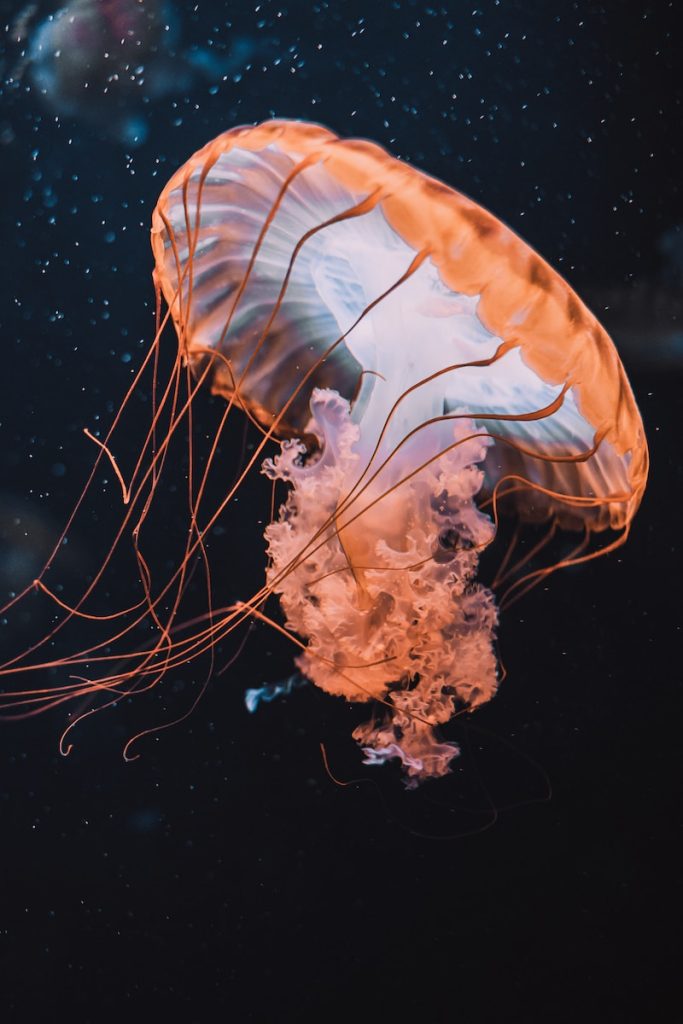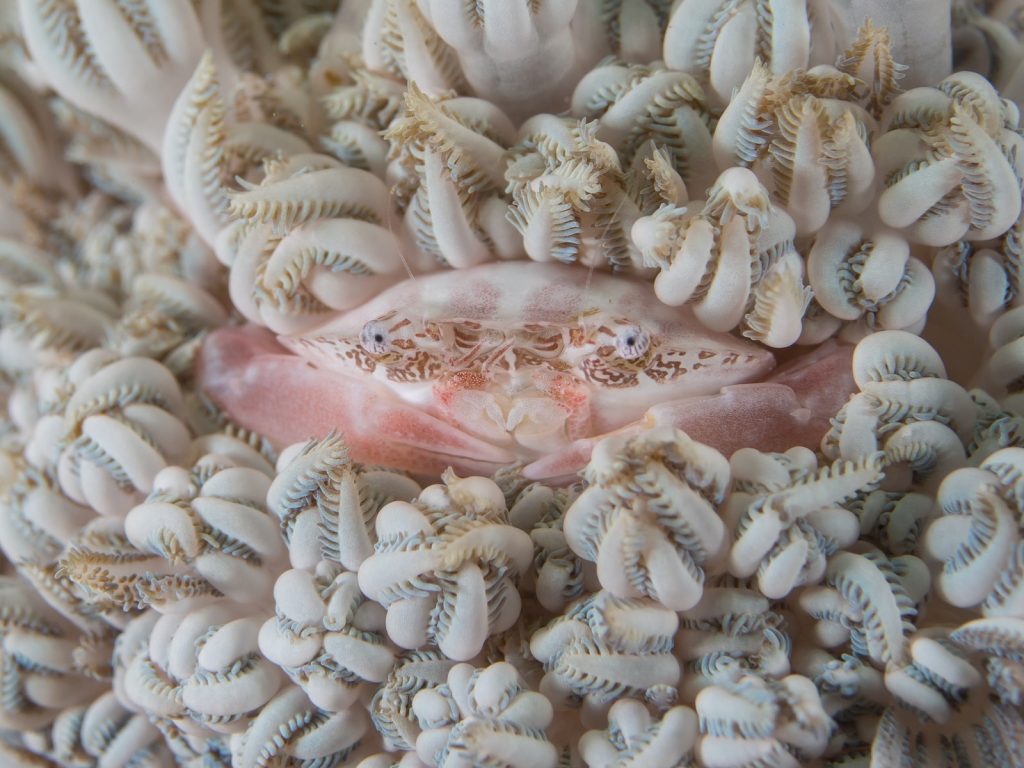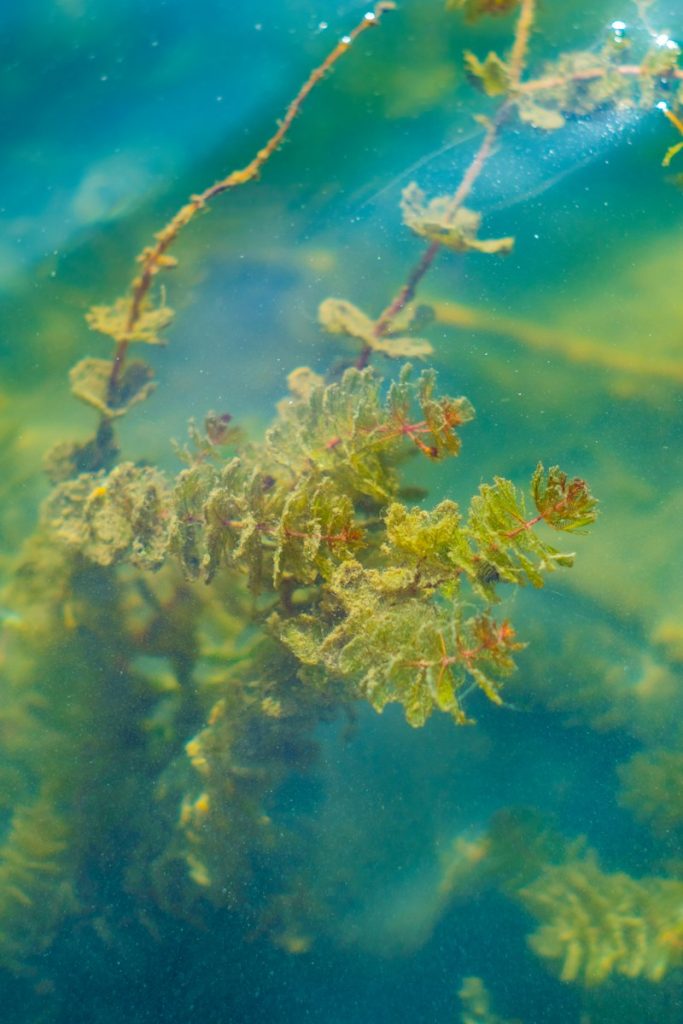What Do Jellyfish Eat?
Jellyfish, found in every ocean around the globe, have a diet as diverse as their habitats. These creatures, ranging from the shallowest bays to the deepest ocean trenches, adapt their feeding habits to whatever their environment offers.
In this exploration, we delve into the question: what do jellyfish eat? With about 2,000 known species worldwide, jellyfish generally have a carnivorous diet, primarily feeding on other marine animals. However, their diet isn’t exclusively animal-based; jellyfish are also known to occasionally consume plant matter, demonstrating their opportunistic and varied feeding behavior.

The Diet of Jellyfish
Plankton
Plankton, especially zooplankton, make up the majority of a jellyfish’s diet. Jellyfish float near the surface of the ocean where plankton live, and they easily capture these microscopic organisms in their stingers.
Crustaceans

Some larger jellyfish species feed on crustaceans such as lobsters, crabs, and shrimp. However, it is not a regular food source for jellyfish as catching crustaceans is more challenging for them.
Plants
While mainly carnivorous, some jellyfish will eat plants when they are young. They consume seaweed, algae, and phytoplankton, which are nutrient-dense and abundant in the ocean.

Small Fish
Small fish and their eggs are a significant part of the jellyfish diet due to their high protein content and essential nutrients.
Other Jellyfish
There are instances where jellyfish consume their own kind, usually adult jellyfish eating their offspring or smaller jellyfish of a different species. However, this behavior is not common.
How Jellyfish Collect Food
Jellyfish are opportunistic hunters and catch whatever prey is within their reach. They collect plankton by floating in the water and catch fish, crustaceans, or eggs by lurking in areas where these animals gather.
Jellyfish use their stingers to trap and paralyze their prey, releasing venom from their stingers. Once paralyzed, the jellyfish is ready to feed.
How Jellyfish Eat
After capturing prey, jellyfish use their tentacles to bring the food to a hole at the base of their body. They swallow their prey whole since they do not have teeth to chew. Enzymes in their stomach break down the food and absorb the nutrients.
Waste is expelled through the same hole once all the nutrients have been extracted.
Final Thoughts
Jellyfish have a crucial role in the ocean’s food chain. They consume a variety of organisms and are themselves a significant food source for other sea creatures.
Jellyfish also have unique feeding habits and play an essential role in the ocean’s ecosystem. They are even consumed by humans in various dishes.
Frequently Asked Questions about Jellyfish
1. Do jellyfish eat plants?
While jellyfish are mainly carnivorous, some species may eat plants during their early stages, such as seaweed and algae.
2. Are jellyfish dangerous to humans?
Some species of jellyfish can sting humans and cause pain or allergic reactions, but not all jellyfish are dangerous to humans.
3. What do jellyfish stingers do?
Jellyfish stingers contain venom that they use to trap and paralyze their prey.
4. Can jellyfish eat humans?
No, jellyfish cannot eat humans. Their mouths are not designed to consume large prey.
5. How do jellyfish reproduce?
Jellyfish reproduce sexually by releasing eggs and sperm into the water, where fertilization occurs.
6. Where do jellyfish live?
Jellyfish can be found in the waters of every ocean in the world.
7. How long do jellyfish live?
The lifespan of jellyfish varies depending on the species, but most species have a lifespan of a few months to a year.
8. How do jellyfish move?
Jellyfish move by pulsating their bell-shaped bodies, which propels them through the water.
9. Are jellyfish more active during the day or night?
Some species of jellyfish are more active during the day, while others are more active at night.
10. Can jellyfish eat plastic?
No, jellyfish cannot eat plastic. They may accidentally come into contact with plastic pollution in the ocean, but it is not a food source for them.



